It may seem like all your kids want to do is play games online, and you are wondering how you can get your kids off the iPad! With a little encouragement, screen-free solitaire board games can be just as tempting (really!), after all, people have been playing them for centuries! And bonus: no battery power or wi-fi needed.
There is something comforting about playing traditional solitaire puzzle games that have both stumped and fascinated people since time immemoriam. And the feeling of accomplishment when you finally solve the puzzle is oh-so-satisfying!
Give your kids that same feeling of satisfaction of a puzzle solved with these solitaire board game versions. Traditionally, these games were played with pegs or marbles and wooden boards drilled with holes. But you don't need to go out, purchase and store these types of game boards because I have the perfect solution for you.
As I demonstrated with the triangle peg solitaire game (that you may be familiar with if you've ever been to Cracker Barrel) these peg games can be played with a paper board and game tokens.
I have two versions for you today! The first originated in France in the 17th century but morphed into the board we are using in England, and the second comes from the 19th century.
For both games you will need the game board printable. Get it here.
Patience Solitaire Board Game
This first version is the most common, and is sometimes called "patience"—not to be confused with the card game of the same name. You will notice that the board is similar to the layout of the Fox and Geese game I previously shared with you.
Patience Solitaire Instructions:
Print out the game board (download ours here), or make your own.
Gather 32 tokens and place one in each square, leaving the middle square empty. We did not have 32 tokens of all one color, but that doesn't matter!
The object of the game is to remove all the tokens except one.
To remove tokens, jump one token orthogonally (A cool word to impress your friends. It means you jump only at right angles. In other words, no diagonal jumps.) over another. The jumped token is removed from play. You can only jump over one token at a time.
This game is MUCH trickier than the triangle peg game, so start with that one if your kids are new to these types of puzzles. If your children are fascinated by puzzle solutions they can look up.
Watch my youngest try and solve the game:
Criss Cross Solitaire Board Game
This second version I like to call "Criss Cross Solitaire." I don't know if it has an official name. I discovered it one of Martin Gardner's books and he claimed the game dated back to Victorian England.
How to play:
Print out the board (download ours here), or make your own.
Gather 16 tokens, 8 in one color, and 8 in another.
Place tokens as shown, leaving the center square empty.
Objective: to exchange the positions of the two sets of tokens.
A move can be made in 2 ways. Either moving a token into an adjacent empty square; or by orthogonally (there's that word again!) jumping an adjacent token - of any color - into an empty square. No tokens are ever removed from the game board.
You do not need to alternate moves by color.
Watch my youngest have at it in the video below:
Have fun keeping your kids busy for hours!
Play more solitaire games!


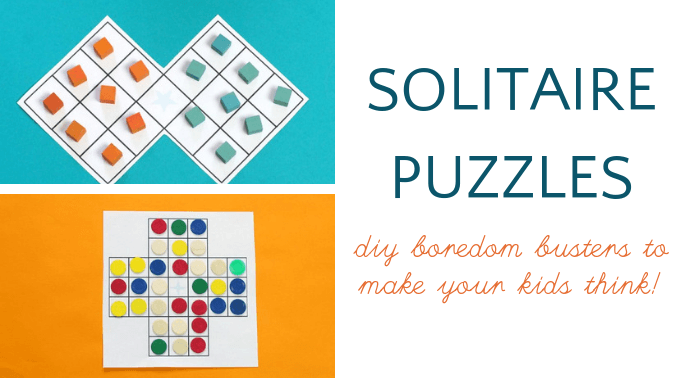
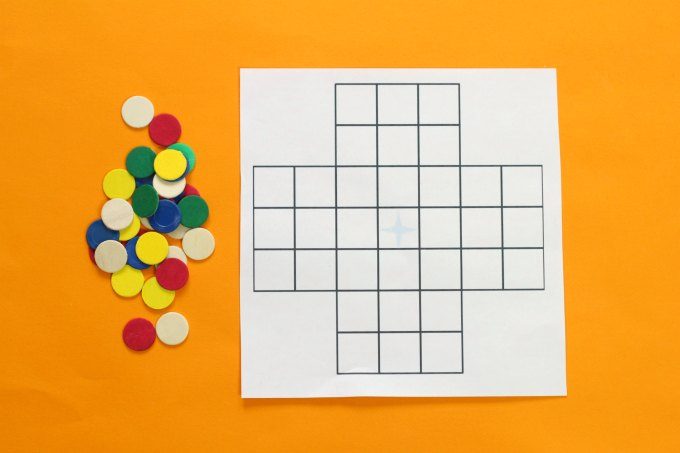
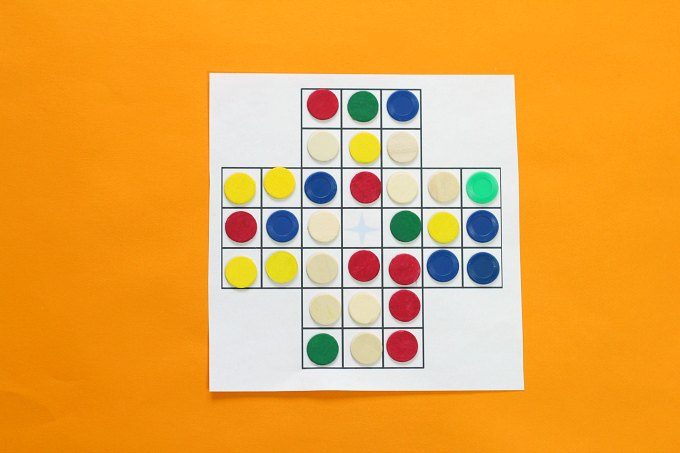
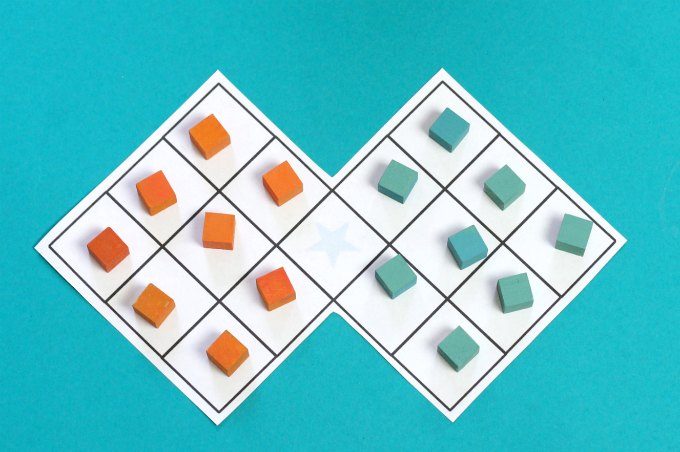
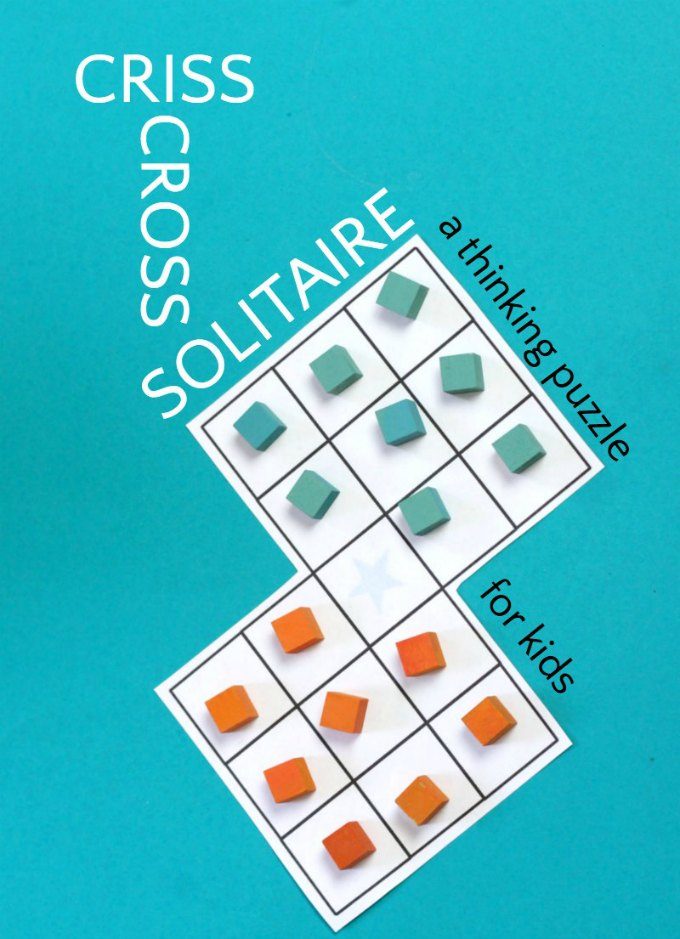

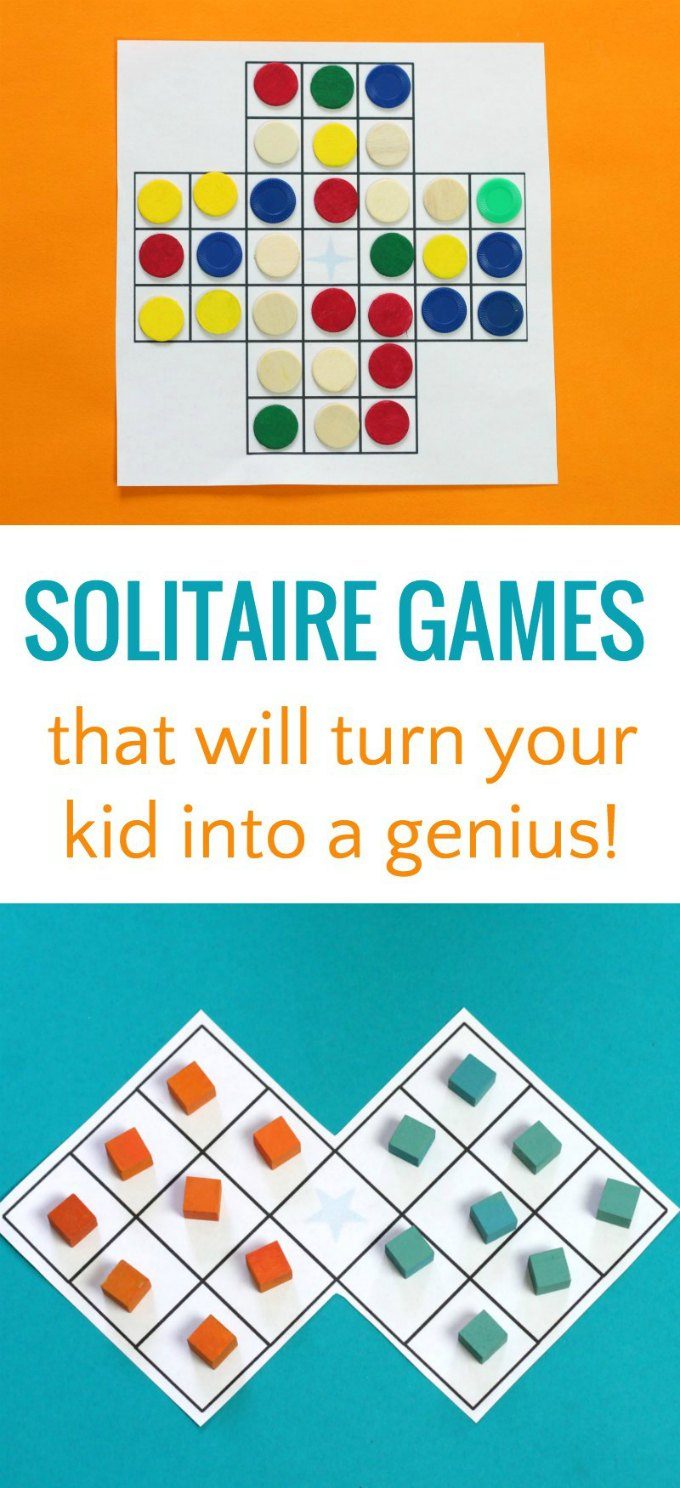

Jasmin says
The essay's notion hauled the subject paragraphs and also is hauled by means of the thesis announcement. A notion may not become an announcement, however an communicates an idea the aim of the thesis announcement on to express a thought to communicate into this reader at the maturation of an essay's purpose. service writing